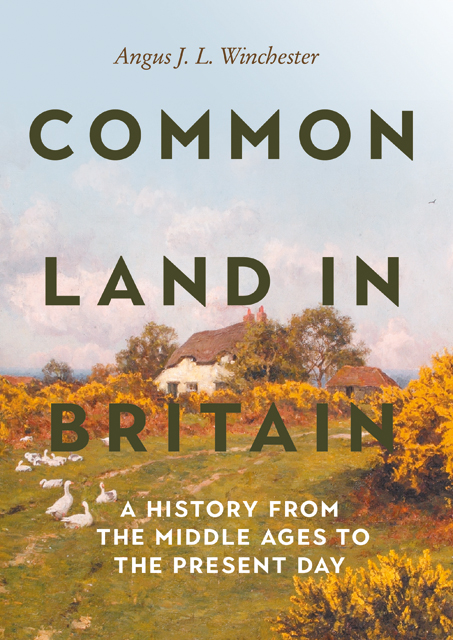Chapter 13 - Llanllechid Mountain and Aber Mountain, Caernarvonshire
Published online by Cambridge University Press: 20 December 2022
Summary
Caernarvonshire CL 3 (Aber) and CL 42 (Llanllechid).
These upland grazing commons, in the north-west corner of the Snowdonia National Park, cover a block of mountainous territory falling steeply from the summit of Carnedd Llewelyn (1,064m) down to the Ogwen valley and the narrow coastal strip to the east of Bangor. Divided by the watershed along the crest of the hills between Moel Wnion and Carnedd Gwenllian, their combined extent covers over 10,550 acres (4,270 ha), of which Llanllechid Mountain (CL 42) accounts for 6,126 acres (2,479 ha) and Aber Mountain (CL 3) 4,425 acres (1,790 ha). The mountain slopes are dominated by acid grassland, with areas of blanket peat and heather moorland, and rock and scree on the highest parts. The recent histories of the two commons are intertwined, as will be seen; the focus here is on Llanllechid Mountain, which Dudley Stamp described as ‘an almost unique example of a true common’, by which he seems to have meant an unmanaged common, exhibiting aspects of a Hardinesque ‘tragedy’.
Evidence of past human activity abounds on both commons (Figure 52). Legacies of prehistoric settlement are widespread in the remains of groups of huts and associated enclosures across the lower slopes, while reminders of resource exploitation in the historic period survive in disused stone quarries and trial levels from lead mining.2 Tangible evidence of the exercise of common rights is also abundant. Sheepfolds are numerous, especially on Llanllechid Mountain, most of them simple folds but several taking the form of strikingly complex, multicellular structures (Figure 51). These probably reflect the large number of small graziers putting sheep on the common, the flock of each commoner being sorted from a central gathering area into cells belonging to individual farms. It has been suggested that the folds date from the expansion of sheep-farming during the eighteenth century: several are recorded on maps of c.1810.
Peat-digging in turbary grounds on wet saddles high in the hills also left a legacy of manmade features, notably the ‘peat stools’ (ystolion mawn), platforms of large stones beside the turbary grounds, on which peat was stacked to dry.
- Type
- Chapter
- Information
- Common Land in BritainA History from the Middle Ages to the Present Day, pp. 235 - 244Publisher: Boydell & BrewerPrint publication year: 2022

